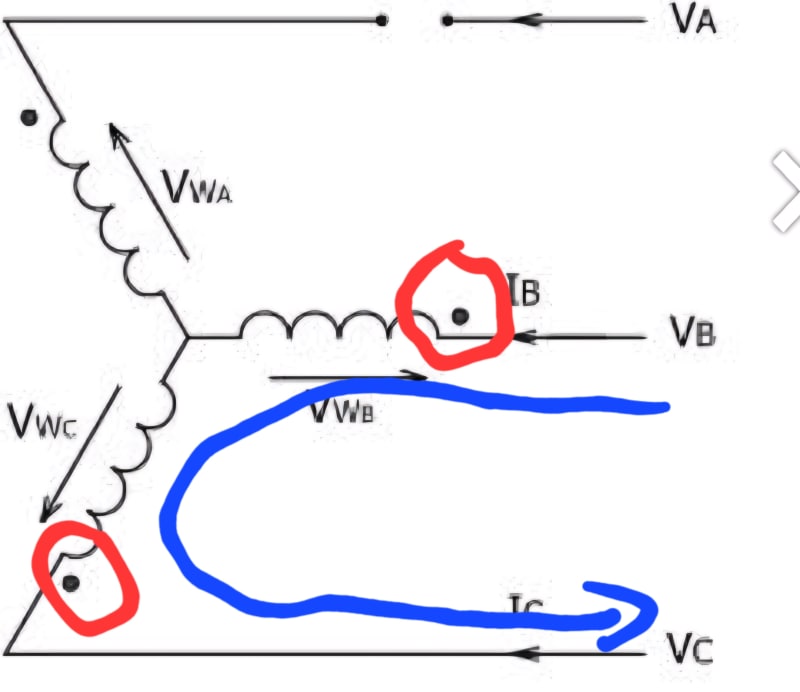Mr Che;
I respect your knowledge and experience. It is evident from your posts that you have many years of experience and much technical knowledge.
With the greatest respect, may I point out that this is an international forum, and that conventions change from time to time.
Example #1
I have seem electricity flow three ways.
I suspect that you may be old enough to have seen the same.
When I was in high school and trade school, electricity flowed from Positive to Negative. Everyone knew that.
Then, by the time I was teaching at trade school, electron theory had become popular and electrons and electricity flowed from Negative to Positive.
I had to teach my students to use their left hand for the right hand rule.
Considering the flow of electrons to be the flow of electricity caused a lot of confusion with existing text books.
This was resolved by declaring that a flow of electrons from Negative to Positive caused a flow of electricity from Positive to Negative.
1503-44 said:
--Einstein gave the same test to students every year. When asked why he would do something like that, "Because the answers had changed."
How true. Thanks 1503-44
Example #2
kW, kVAh
Since the dawn of generator time, Manufactures rated their machines in KW and KVA.
Meters were KWHr and KVARHr meters.
When the convention was changed, no-one changed the millions of nameplates already in use.
It was also difficult to effect change with the older electrical persons who spent their time in the field with little or no contact with academia.
3# A pet peeve, Celsius;
Who remembers a n old temperature scale based on 100 divisions and called, appropriately, centigrade. That seemed to me to be very metric if nor SI.
That was changed to Celsius, but
Britannica.com said:
Celsius used 0° for the boiling point of water and 100° for the melting point of snow.
Yes, I understand and accept the recognition given to Anders Celsius for his many notable and original accomplishments in several branches of science.
For years whenever I heard Celsius I thought, without malice, You got that backwards, SI.
The point is, not "What is right and wrong?" but more, "What is current?"
Again, respectfully I have proposal that may avoid future controversy and at the same time add to the general knowledge.
If you wish to quote me using conventions or labels not to your liking, simply add a discrete correction, without comment.
eg:
waross said:
The generator was rated at 500 KW
Simply add
waross said:
The generator was rated at 500 KW (kW)
You may comment thus; "Mr waross, in regards to the 500 kW generator
(KW)."
I pray that you find this helpful and do not take offence.
These are international and also multi-generational fora.
Respectfully.
--------------------
Ohm's law
Not just a good idea;
It's the LAW!
